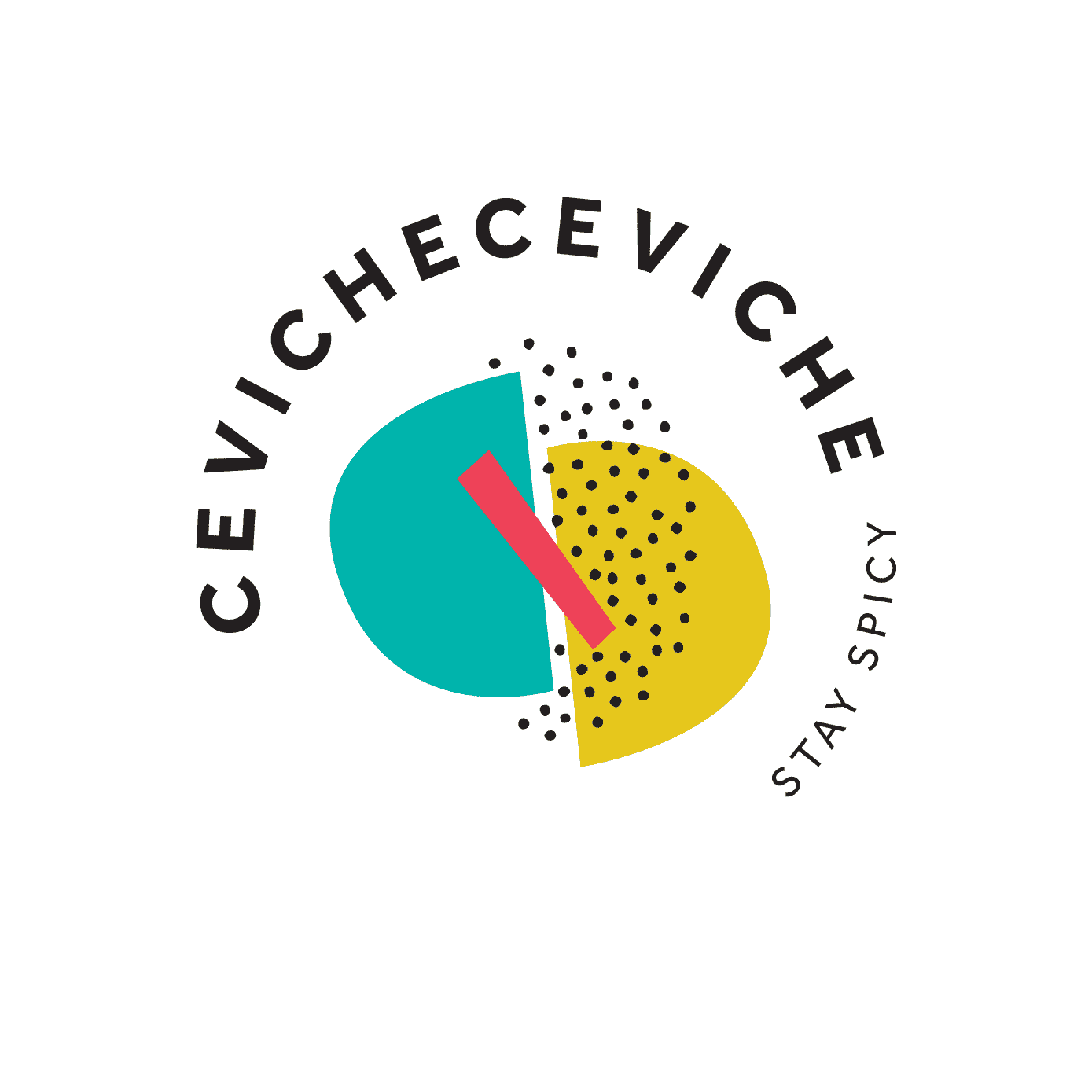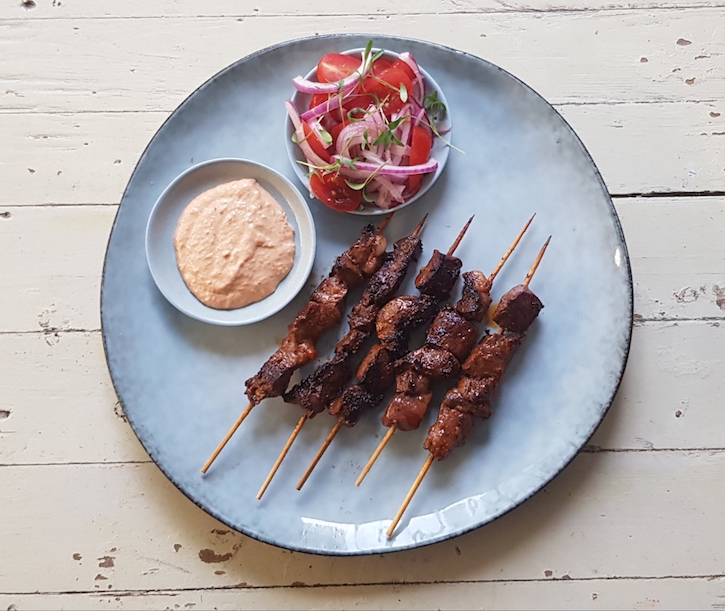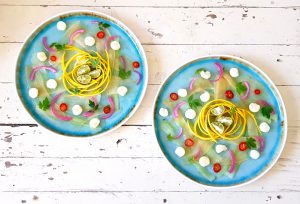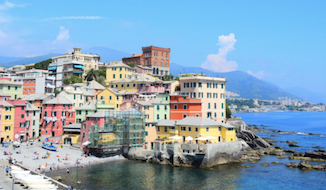Italian cuisine
After independence in 1821, a wave of French and Italian immigrants arrived in Peru among which my Dodero family. It took my great-granddad 2 years by boat to get to Callao in Peru. Most of the immigrants by that time where well off young single men who were looking for adventure and business. They brought their cuisines and provided an additional twist to the culinary melting pot. The name given to Italian immigrants in Peru: Bachiche.
Most of the culinary influences from Italy came from Genoa as most where from that area. Economic crisis that occurred in Italy and the Italians were attracted to Peru initially by the guano of the islands, and also because they saw that Peru was a stable country. Many original Italian dishes have been 'creolised'. Pesto noodles used to be based on basil, vegetables, and pine nuts. The Creole version adds spinach, broad beans and walnuts Examples of signature dishes are: pasta a la Genovese, minestrone soup, red noodles prepared with tomato sauce, pizza and panettone.
This is Boccadasse, the village where my roots lies






